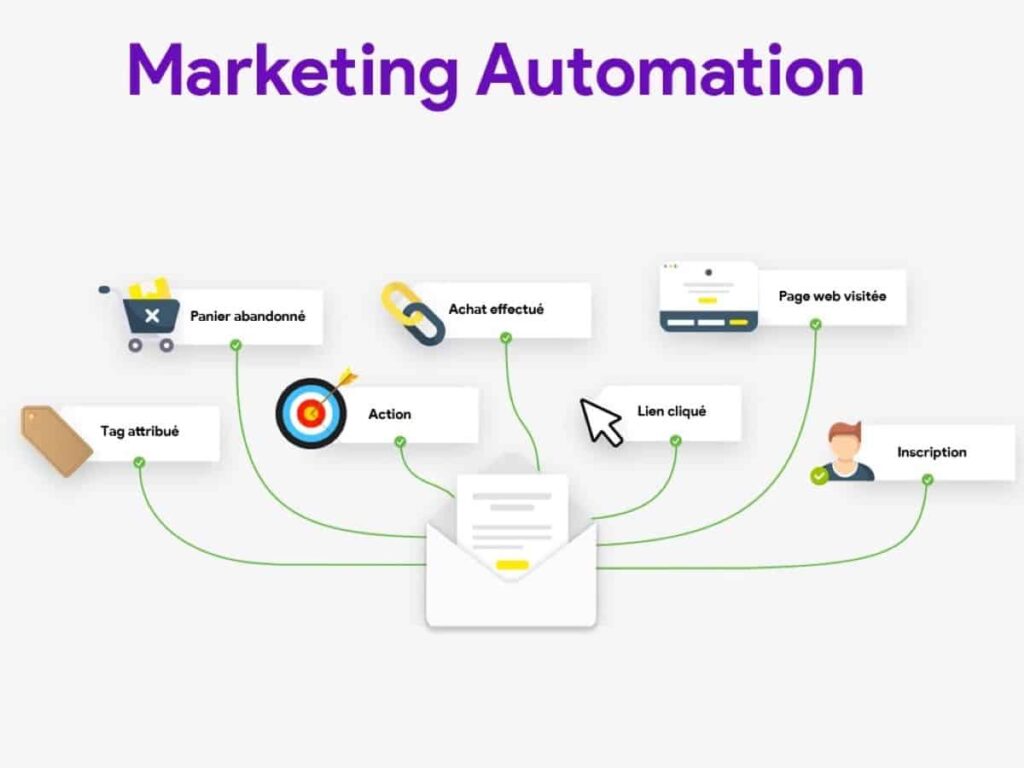
Every business faces the same dilemma: customer acquisition costs continue to climb while attention spans shrink and competition intensifies. Companies invest heavily in attracting new customers, only to watch them make a single purchase and disappear. The solution lies not in chasing more prospects, but in maximizing the value of customers already won. Retention marketing transforms one-time buyers into loyal advocates, creating a foundation for predictable, profitable growth that doesn’t depend on constantly feeding the acquisition machine.
The challenge lies in delivering personalized, timely experiences to hundreds or thousands of customers simultaneously. This is where automation transforms retention from a resource-intensive manual process into a scalable, data-driven growth engine. By leveraging technology to orchestrate customer touchpoints, businesses can maintain meaningful relationships while dramatically improving efficiency and results.
Why Professional Implementation Matters
While retention marketing automation tools are increasingly accessible, implementing them effectively to stimulate retention marketing outcomes requires specialized expertise that delivers measurable ROI. Professional retention marketers bring strategic insight into customer psychology, data analysis capabilities to identify the right segments and triggers, and technical knowledge to integrate multiple platforms seamlessly. They understand the nuances of timing, frequency, and messaging that separate high-performing campaigns from those that feel intrusive or generic. Professionals also conduct rigorous A/B testing, monitor deliverability and engagement metrics, and continuously optimize automation workflows based on performance data. Perhaps most critically, experienced practitioners know how to balance automation with authentic human connection—ensuring that efficiency gains don’t come at the expense of customer relationships. For businesses serious about retention, partnering with professionals who understand both the strategic and technical dimensions of marketing automation can mean the difference between automated campaigns that merely run and sophisticated retention programs that genuinely drive loyalty and revenue.
The Foundation: Understanding Retention Marketing
Before diving into automation, it’s essential to grasp what retention marketing aims to accomplish. At its core, retention marketing focuses on maximizing customer lifetime value by encouraging repeat purchases, reducing churn, and fostering brand advocacy. Throughout the customer lifecycle—from onboarding through maturity—there are critical touchpoints where engagement either strengthens or weakens.
Key metrics illuminate retention performance: churn rate reveals how quickly customers leave, customer lifetime value quantifies long-term profitability, and repeat purchase rate measures buying frequency. These metrics provide the foundation for automated strategies that respond to customer behavior in real-time.
Core Ways Automation Enhances Retention
Personalized Customer Communication at Scale
Automation enables businesses to send the right message to the right person at exactly the right moment. Triggered email sequences activate based on specific behaviors—a first purchase, a milestone achievement, or extended inactivity. Dynamic content customization ensures each customer sees products, offers, and messaging relevant to their preferences and history. Multi-channel coordination extends personalization across email, SMS, push notifications, and social media, creating a cohesive experience.
Behavioral Tracking and Predictive Analytics
Modern automation platforms continuously monitor customer actions, automatically segmenting audiences based on engagement levels, purchase patterns, and preferences. Machine learning models predict which customers are at risk of churning, enabling proactive intervention. By identifying trends in purchasing behavior, automation can anticipate needs before customers themselves recognize them.
Timely Engagement Through Smart Triggers
Timing is everything in retention marketing. Automated triggers ensure customers receive communication when it matters most. Cart abandonment sequences recover potentially lost sales by reminding customers of items left behind. Re-engagement campaigns target dormant customers with compelling reasons to return. Post-purchase sequences gather feedback, provide usage tips, and suggest complementary products while the buying experience remains fresh.
Loyalty Program Management
Automation transforms loyalty programs from administrative burdens into engagement engines. Points accumulate automatically, tier progressions trigger congratulatory messages, and personalized rewards arrive based on individual preferences. This seamless experience encourages continued participation and deepens emotional connection to the brand.
Real-World Applications
The practical applications of retention automation are vast and proven. Win-back campaigns target customers who haven’t purchased recently with special incentives. Birthday and anniversary messaging creates moments of delight that strengthen relationships. Replenishment reminders help customers reorder consumable products at optimal times. Cross-sell and upsell automation recommends relevant products based on purchase history, increasing average order value while providing genuine value.
Best Practices for Automated Retention Marketing
Success requires balancing efficiency with authenticity. While automation handles repetitive tasks, messages should feel personal and human. Continuous testing and optimization—experimenting with subject lines, timing, and offers—ensures campaigns improve over time. Privacy considerations and consent management build trust and ensure compliance with regulations. Integration with CRM, e-commerce, and analytics platforms creates a unified view of each customer, enabling more sophisticated automation.
Measuring Success
Effective retention automation demands rigorous measurement. Track open rates, click-through rates, conversion rates, and ultimately, the impact on customer lifetime value and retention rates. Attribution modeling helps understand which touchpoints contribute most to retention. ROI calculations compare the cost of automation implementation and management against the revenue generated from retained customers and increased purchase frequency.
Retention marketing automation represents a competitive advantage that grows more valuable as your customer base expands. By combining technology with strategic thinking, businesses create scalable systems that nurture relationships, anticipate needs, and drive sustainable revenue growth. The future promises even more sophisticated capabilities—AI-powered personalization, predictive customer service, and seamless omnichannel orchestration. For businesses ready to prioritize retention, the first step is assessing current customer data, identifying high-impact automation opportunities, and either developing internal expertise or partnering with professionals who can turn retention from an afterthought into a growth engine.
